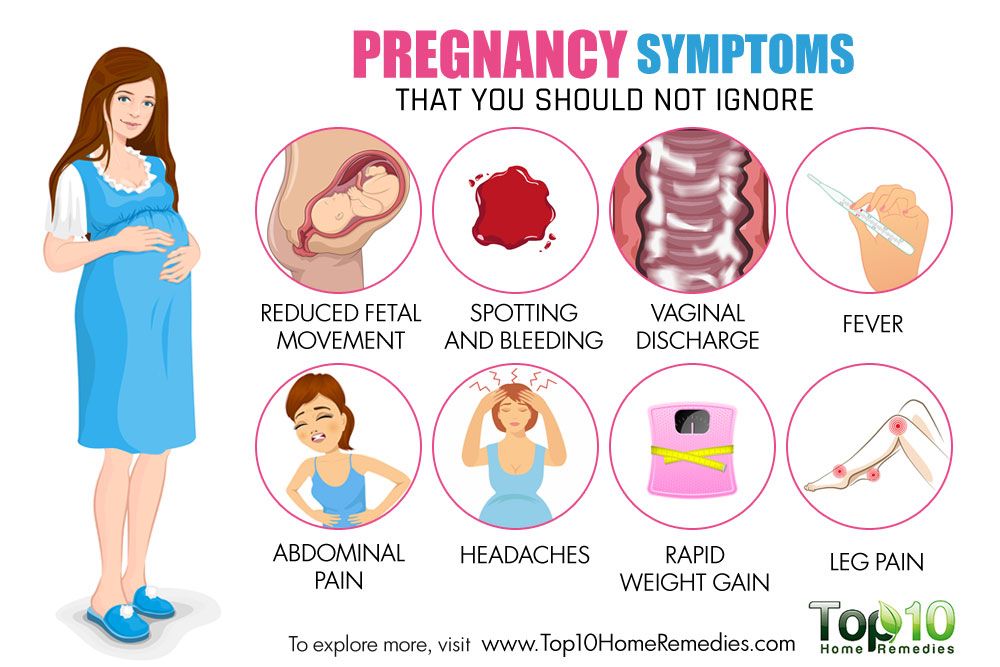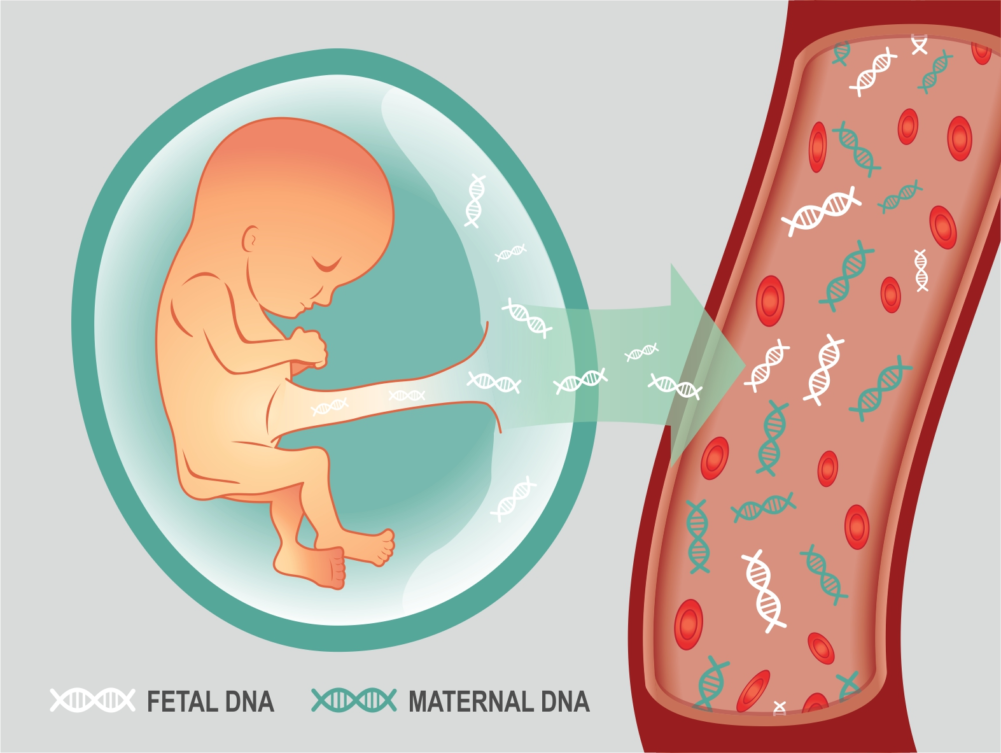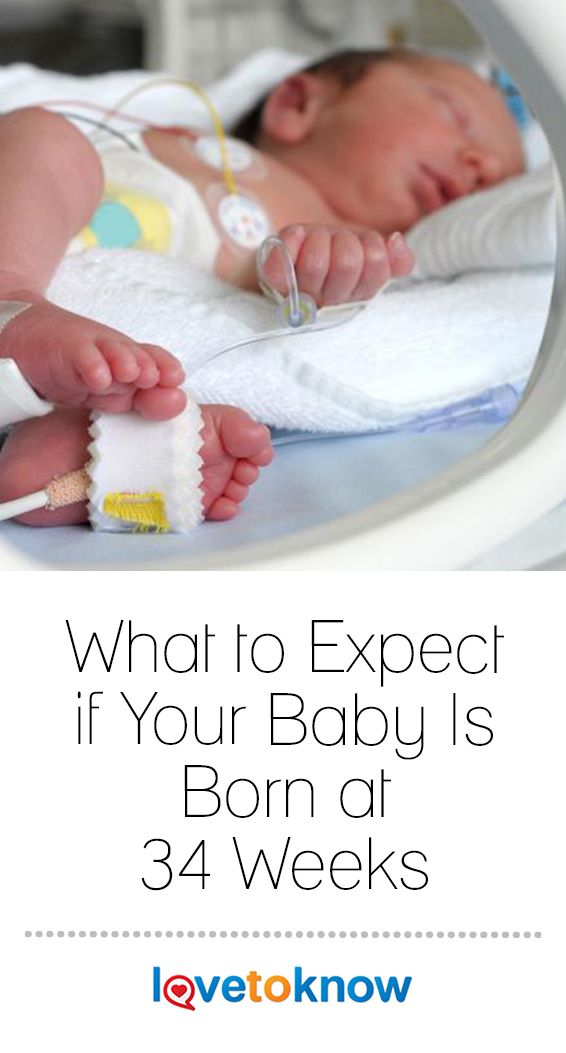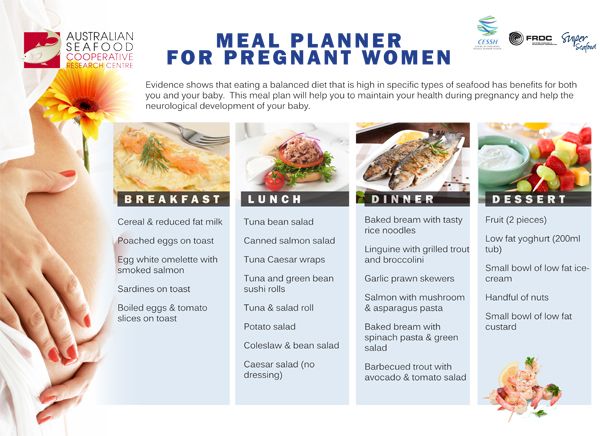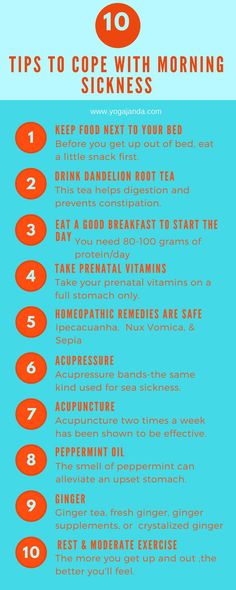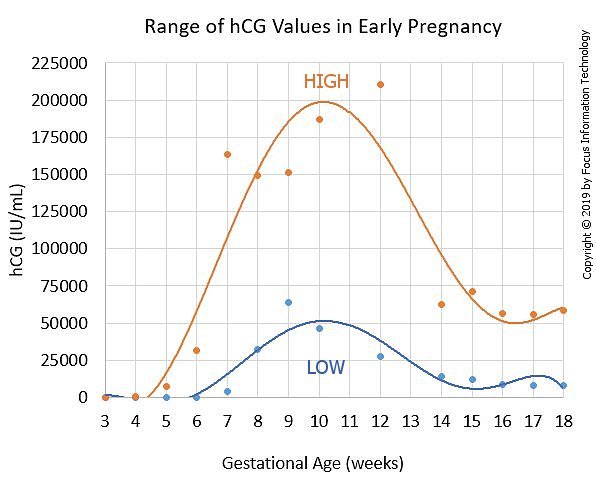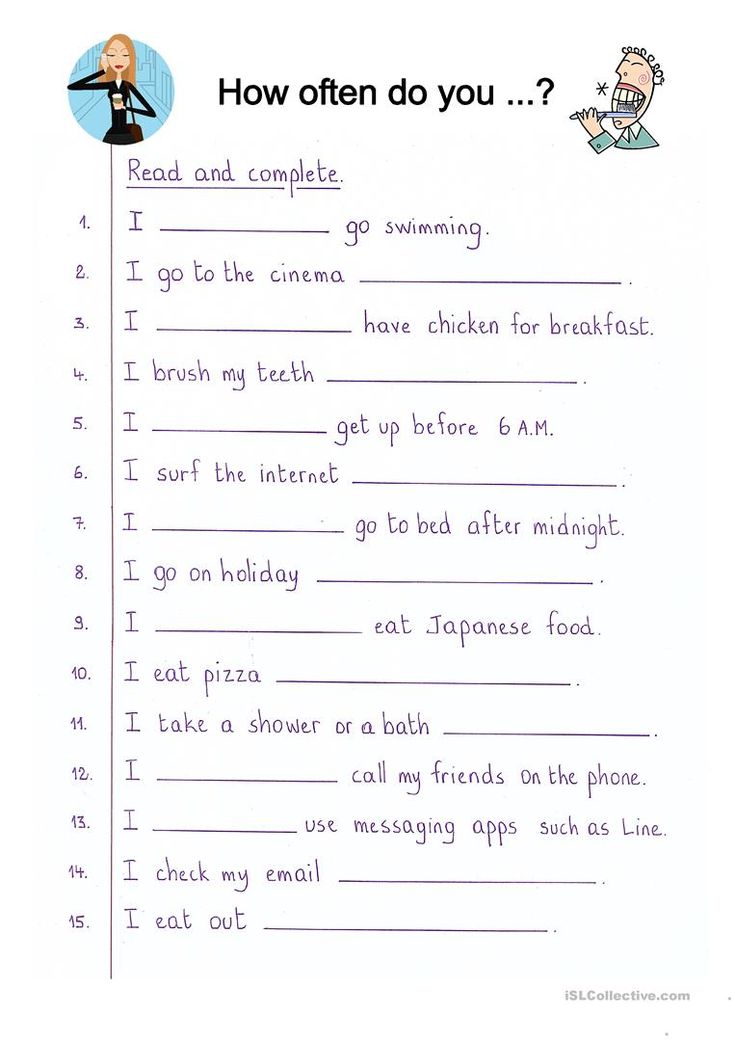Can ovulation make you feel sick
Ovulation Symptoms: 9 Signs of Ovulation
If you’re getting ready to grow your family and learning more about conception, you’ll want to get familiar with ovulation. Exactly when you ovulate varies for each woman, but luckily there are ways to recognize the signs of ovulation and time sex accordingly to increase your chances of getting pregnant. Even if you’re not trying to conceive yet, it’s still important to have a good grasp on ovulation signs. Not only can they help you better understand your menstrual cycle, but they can also help you identify any abnormal ovulation symptoms down the road. (In fact, some women keep track of their ovulation patterns as part of their contraception method to avoid getting pregnant.)
Want to learn more about exactly what happens during ovulation, which signs of ovulation to look out for and how those ovulation symptoms might make you feel? Keep reading to learn from experts what to expect and when to expect it.
In this article:
What is ovulation?
When do you ovulate?
How to predict ovulation
Ovulation symptoms
What Is Ovulation?
Let’s get down to brass tacks: What happens on your ovulation day? You probably learned way back in health class that ovulation is the phase in your menstrual cycle when a mature egg is released from the ovary, setting the stage for fertilization. Every woman is born with millions of immature eggs that wait to be released, normally one at a time, every month. During ovulation the egg travels down the fallopian tube, where it may meet up with a sperm and become fertilized. For most healthy women, ovulation generally happens once a month, a few weeks after menstruation begins.
Watch, Ovulation Signs and Symptoms:
When Do You Ovulate?
Now that we’ve reviewed what ovulation is, you’re probably wondering when ovulation occurs. You may have heard that ovulation typically happens on day 15 of your menstrual cycle, but it’s not the same for everyone.
If you’re like most women of childbearing age, your menstrual cycle lasts between 28 and 32 days, and ovulation usually hits between days 10 and 19 of that cycle—about 12 to 16 days before your next period. “In healthy women, ovulation occurs 14 days before the onset of your period,” says Donnica L. Moore, MD, president of Sapphire Women’s Health Group in Chester, New Jersey. So if your cycle is 35 days, ovulation will happen on day 21 of that cycle—but if your cycle is 21 days, ovulation will happen on day seven.
So if your cycle is 35 days, ovulation will happen on day 21 of that cycle—but if your cycle is 21 days, ovulation will happen on day seven.
The timing of ovulation can vary from cycle to cycle and from woman to woman, adds Shannon M. Clark, MD, associate professor at the University of Texas Medical Branch at Galveston in Galveston, Texas. This is why it’s a good idea to get familiar with your body’s menstrual calendar for at least three months or so, to help you better estimate your own ovulation cycle.
For some women, ovulation doesn’t always take place, or it can be irregular. In general, if you’re pregnant, have gone through menopause or you take birth control pills consistently and on time, you won’t ovulate. Certain diseases or disorders (such as polycystic ovary syndrome or premature ovarian failure, among other conditions) and certain medications (including some antidepressants, anti-nausea medications and chemotherapy) may also cause a woman to stop ovulating for periods of time.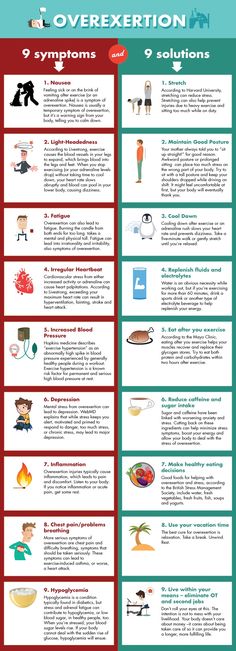 Other lifestyle factors—such as stress or being significantly underweight or overweight (measured by body fat percentage)—may affect menstruation and ovulation as well.
Other lifestyle factors—such as stress or being significantly underweight or overweight (measured by body fat percentage)—may affect menstruation and ovulation as well.
If you’re dealing with irregular menstrual cycles or ones that are particularly short (fewer than 21 days) or long (more than 35 days), Clark recommends you get evaluated by a physician to rule out any medical conditions that might be causing those irregular cycles. It’s true that tracking ovulation with irregular cycles can be more difficult, but keep in mind that ovulation occurs 14 days before the onset of menstruation, so even with irregular periods, you could still conceive at some point in your cycle.
If you’re planning to breastfeed exclusively (meaning baby won’t get any other source of nutrition), be aware that you likely won’t ovulate during that time. But there are always exceptions, so you can’t depend on breastfeeding as a method of birth control. Once baby is introduced to other foods or the occasional bottle, ovulation is likely to resume.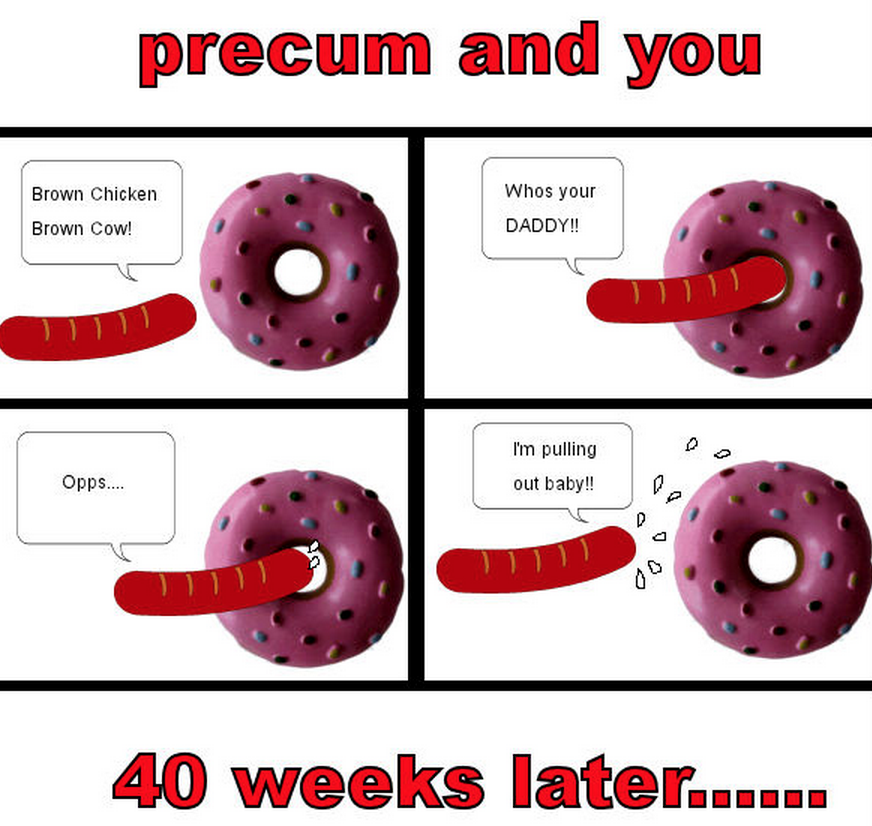 Plan your birth control accordingly, unless you want to give baby the possible surprise of a new brother or sister!
Plan your birth control accordingly, unless you want to give baby the possible surprise of a new brother or sister!
How long does ovulation last?
So you’re probably wondering, for how many days do women ovulate? Once the mature egg is released from the surface of the ovary, it can potentially be fertilized for about 24 hours, explains Patricia Pollio, MD, director of OB-GYN at Good Samaritan Hospital in Suffern, New York.
That said, you don’t have to have sex on the exact day of ovulation in order to get pregnant. In reality, there’s a six-day “fertile window” in your cycle—the five days leading up to ovulation and the day you ovulate, Moore says. Of those six days, you’re most fertile during the two to three days prior to ovulation and the day of ovulation itself.
Beyond 24 hours after ovulation, the egg is no longer viable and you typically can’t get pregnant until your next menstrual cycle. (If you’re not trying to conceive, though, you should still use birth control at all times as a precaution. )
)
How to Predict Ovulation
Whether you’re trying to conceive or merely want to get to know your body’s signs of ovulation, these indicators, including at-home and over-the-counter (OTC) tests, can help you learn how to tell if you’re ovulating (or are about to).
1. Basal body temperature monitoring
Sometimes referred to as BBT, your basal body temperature is the temperature of your body at rest. At the beginning of your cycle, basal body temperature remains fairly consistent and averages between 97.2 and 97.6 degrees Fahrenheit. As you get closer to ovulation, there’s a slight dip in basal body temperature followed by a sharp increase, typically of about 0.4 to 1.0 degrees, just after ovulation. One way to know if you’re ovulating is to track your basal body temperature over a series of months. Take your temperature with a digital thermometer designed for basal body (you can get one online as soon as you wake up—even before you get out of bed—and jot down the reading every morning. Keep in mind that from day to day, your BBT can fluctuate by half a degree or more, so don’t be fooled by a little blip—look for a sustained rise to confirm that you’ve ovulated. After several months the info will give you a good sense of when you usually ovulate so you can plan babymaking accordingly.
Keep in mind that from day to day, your BBT can fluctuate by half a degree or more, so don’t be fooled by a little blip—look for a sustained rise to confirm that you’ve ovulated. After several months the info will give you a good sense of when you usually ovulate so you can plan babymaking accordingly.
2. Menstrual charting
Another simple and inexpensive way to track ovulation is to record the days your period begins and ends for several months. If you have normal menstrual cycles—between 25 and 35 days—you’re likely to be ovulating regularly, with ovulation occurring about 14 days before menstruation. Make sure to write down whenever you experience potential signs of ovulation: Typical ovulation symptoms could include cramps, an increase in cervical mucus, breast tenderness, fluid retention, and appetite or mood changes. Keep reading for more about ovulation symptoms.
3. Ovulation kit
OTC ovulation predictor kits measure your levels of luteinizing hormone (LH), which can be detected in your urine.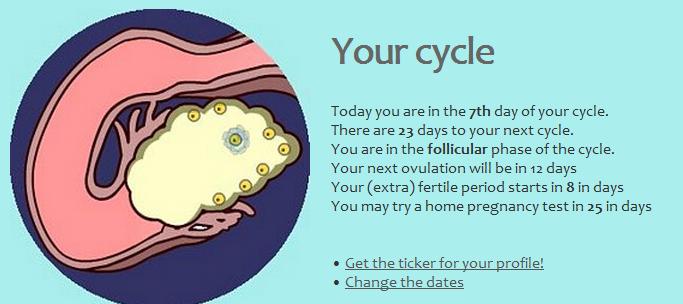 These kits work because ovulation typically hits about 10 to 12 hours after LH peaks—on day 14 to 15 of the menstrual cycle if your cycle is 28 days long. Your LH concentration should stay elevated for 14 to 27 hours to allow for full maturation of the egg.
These kits work because ovulation typically hits about 10 to 12 hours after LH peaks—on day 14 to 15 of the menstrual cycle if your cycle is 28 days long. Your LH concentration should stay elevated for 14 to 27 hours to allow for full maturation of the egg.
Here’s how the ovulation kit works: Pee on the stick and wait for a line to appear. If the color of the line matches the shade shown on the instructions, ovulation is imminent—within 24 to 48 hours. If it’s too close to call, retest within the next 12 hours. Most kits come with a five-day supply of sticks, to be used in as many days, but check their expiration date: Most of them have a shelf life of only two years. While the majority of ovulation predictor tests can be used any time of day, many of them suggest testing first thing in the morning. For best results, test around the same time each day, and cut back your liquid intake for four hours beforehand, so your pee will be more concentrated and your LH easier to detect.
The real trick to finding success with an ovulation predictor kit is knowing when to start using it.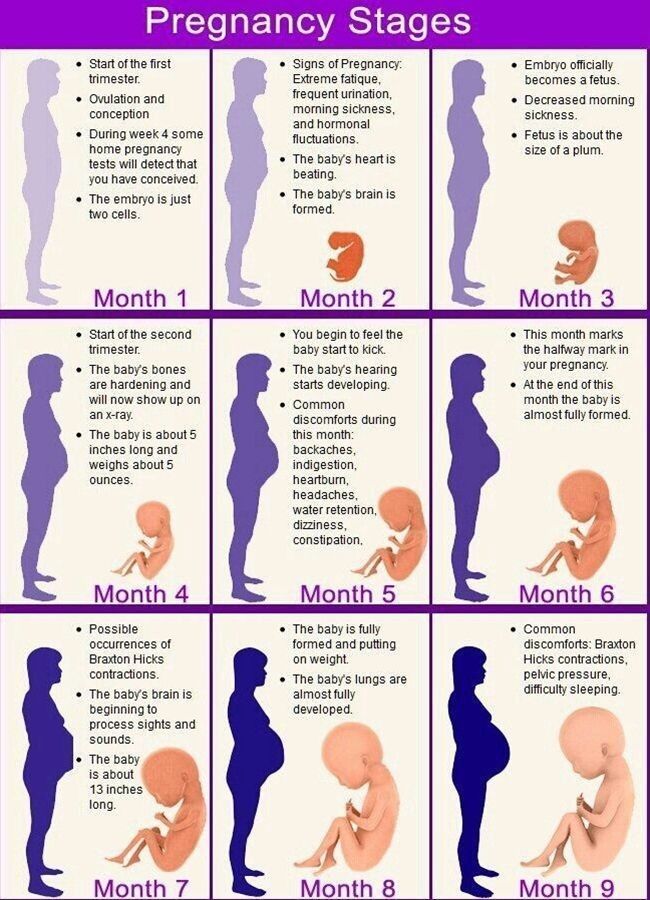 If your cycle is regular, the charting you’ve been doing can help you identify that optimum window. If your cycles are irregular, your best bet is to pay attention to ovulation symptoms. Even if you’ve confirmed that ovulation is happening (through tests or other signs), try to wait to have sex until you notice an increase in cervical mucus, which will heighten the chances of conceiving.
If your cycle is regular, the charting you’ve been doing can help you identify that optimum window. If your cycles are irregular, your best bet is to pay attention to ovulation symptoms. Even if you’ve confirmed that ovulation is happening (through tests or other signs), try to wait to have sex until you notice an increase in cervical mucus, which will heighten the chances of conceiving.
4. Fertility monitor
While an ovulation predictor kit can identify when ovulation is expected to occur (giving you 24 hours for possible conception), a fertility monitor can identify your five most fertile days. The monitor measures LH and estrogen levels to identify your two peak fertile days, plus the one to five fertile days leading up to them. Some versions of the monitor store information from your previous six cycles to customize your fertility reading. Be aware, though, that because monitors give you more advanced information, they’re pricier than ovulation kits.
Ovulation Symptoms
Now, you’re probably wondering, can you feel ovulation happening? And what exactly does ovulation feel like? It can differ from woman to woman, but there are several common ovulation symptoms you may sense. Before and during ovulation, hormonal shifts can affect the entire body, prompting ovulation symptoms. These can be a powerful way to know when you’re ovulating. Many women will experience those ovulation symptoms for up to five days before ovulation as well as the day of, Pollio says, and they may last for a day after ovulation.
Before and during ovulation, hormonal shifts can affect the entire body, prompting ovulation symptoms. These can be a powerful way to know when you’re ovulating. Many women will experience those ovulation symptoms for up to five days before ovulation as well as the day of, Pollio says, and they may last for a day after ovulation.
But if you don’t notice any signs you’re ovulating, don’t worry—it doesn’t mean it’s not happening. “Most women have no clue,” Moore says. If you can learn to recognize the common signs of ovulation listed below, it could help you predict when ovulation is likely to occur.
1. Cervical mucus changes
Cervical mucus changes are one ovulation symptom you may experience. As you near ovulation, your body produces more estrogen, causing cervical mucus to become stretchy and clear, like egg white, which helps sperm swim to the egg that’s released during ovulation. Cervical mucus changes happen in most women, Moore says, but you have to know what you’re looking for. The amount of cervical mucus and what it looks and feels like varies from woman to woman. To test it for ovulation, insert a clean finger into your vagina, remove some of the mucus and then stretch out the secretion between your thumb and finger. If it’s sticky and stretchy or very wet and slippery, that’s a good sign you’re in a fertile phase.
The amount of cervical mucus and what it looks and feels like varies from woman to woman. To test it for ovulation, insert a clean finger into your vagina, remove some of the mucus and then stretch out the secretion between your thumb and finger. If it’s sticky and stretchy or very wet and slippery, that’s a good sign you’re in a fertile phase.
2. Heightened senses
For some women, a more sensitive sense of smell in the latter half of a normal menstruation cycle can be a sign of ovulation. In this fertile phase, your body is primed to be more attracted to the male pheromone androstenone. Some women also report a heightened sense of taste.
3. Breast soreness or tenderness
Tender breasts or sore nipples can be another sign of ovulation, thanks to the rush of hormones entering your body right before and after ovulation. Some women will experience this tenderness just before ovulation, while others may feel it right after ovulation occurs.
4.
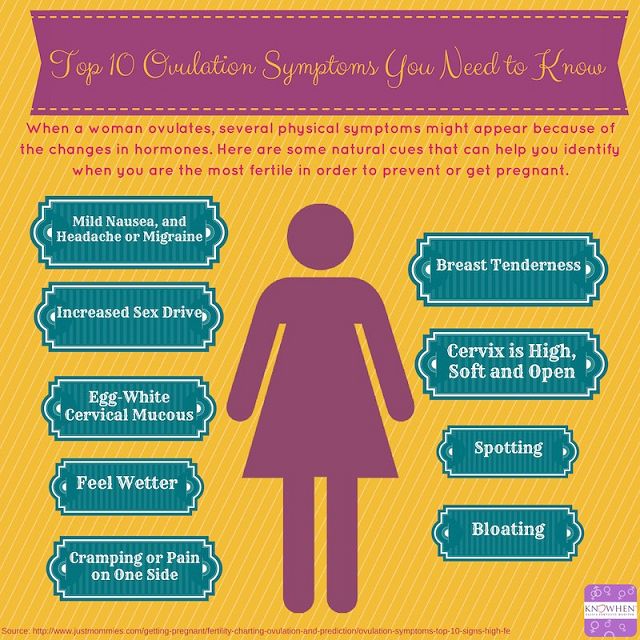 Mild pelvic or lower abdominal pain
Mild pelvic or lower abdominal painA lot of women wonder, can you feel ovulation? And for some, the answer is actually yes—typically as a mild ache or pain in the lower abdomen, usually on one side or the other (not the same side each time). So what are ovulation pains like? Called Mittelschmerz, ovulation pain can feel like a sharp or dull cramp on the side of your abdomen where the ovary is releasing the egg. This ovulation side effect can last anywhere between a few minutes and a few hours. You might also experience light vaginal bleeding, discharge or nausea along with the ache or pain, which is usually mild and short lived.
There’s no need to worry about ovulation pain that goes away with an OTC, anti-inflammatory medication (such as Motrin), Moore says. But if ovulation pain is persistent or severe, see a doctor to rule out conditions such as endometriosis or an ovarian cyst. Moore suggests monitoring and recording your ovulation symptoms every month to get a sense of what is normal for your body, so you can more easily spot any abnormal ovulation signs and symptoms. “When in doubt, check it out,” she adds.
“When in doubt, check it out,” she adds.
Many women wonder whether ovulation pain is a sign of fertility. It can be, since it indicates that an egg is being released (although there’s no guarantee it’ll be fertilized that cycle.) But you can still be fertile without feeling any pain, so it’s best not to rely on this ovulation side effect as a way of assessing your fertility.
5. Light spotting or discharge
Brown discharge or spotting during ovulation is normal, if not that common. This ovulation symptom can occur when the follicle that surrounds and protects the developing oocyte (the egg) matures, grows and then ruptures, resulting in a small amount of bleeding. As blood gets older, it turns brown, which is why the ovulation discharge may range from red to dark brown. It’s not a cause for concern unless the spotting persists, in which case you should see a physician to check for signs of infection and the possibility of an ectopic pregnancy if you’ve been sexually active.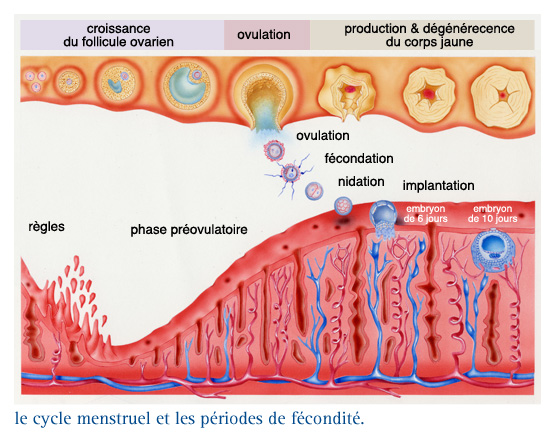
6. Libido changes
A change in libido is another common ovulation symptom. Some women notice that their sex drive increases during ovulation, which might be Mother Nature’s way of ensuring we keep the species alive and well! But, as Moore says, “sex drive can be influenced by just about anything, including whether you had a glass of wine or are just in the mood.”
7. Changes in the cervix
During ovulation, your cervix may become higher, softer and more open. You can check your cervix, along with your mucus, for ovulation symptoms, but it can take time to learn the differences you’re feeling for and is often more difficult than watching for the other signs of ovulation mentioned above. If you’d like to try and get more comfortable checking for cervical changes as a sign of ovulation, Moore recommends standing in whatever position you use to insert a tampon (for example, next to the toilet with one foot up on the closed seat) and using your finger to feel inside. In many women with a regular cycle, right before ovulation the cervix will be softer, like touching your lips, but after ovulation it will feel harder, more like touching the tip of your nose. An OB can also check for cervical changes using a speculum and help give you more guidance on how to do it at home.
In many women with a regular cycle, right before ovulation the cervix will be softer, like touching your lips, but after ovulation it will feel harder, more like touching the tip of your nose. An OB can also check for cervical changes using a speculum and help give you more guidance on how to do it at home.
8. Nausea and headaches
Many women ask, “can ovulation make you feel sick?” The answer is yes. Nausea and headaches are two possible ovulation side effects due to the change in your estrogen and progesterone levels.
9. Changes in your basal body temperature
While you may not actually feel this symptom, it can still be a sign of ovulation. As mentioned above, your basal body temperature will rise during ovulation and stay elevated during that time. After tracking your basal body temperature for a few months, you’ll begin to more easily notice the patterns and identify notable changes.
Understanding when you ovulate is key to getting pregnant, but it can also give you clues about why you’re suddenly experiencing certain symptoms. When you know the signs of ovulation, you can be better prepared, regardless of whether or not you’re trying to conceive. The more in tune you are with your body, the better you’ll be able to predict when ovulation will occur.
When you know the signs of ovulation, you can be better prepared, regardless of whether or not you’re trying to conceive. The more in tune you are with your body, the better you’ll be able to predict when ovulation will occur.
About the experts:
Donnica L. Moore, MD, is a women’s health expert and advocate, as well as president of Sapphire Women’s Health Group in Chester, New Jersey. She has been a women’s health contributor for NBC’s Later Today and guest on NBC’s Weekend Today Show, The Oprah Winfrey Show, The View, Good Morning America and CNN-International.* She received her medical degree from the State University of New York at Buffalo School of Medicine.
Shannon M. Clark, MD, MMS, is an OB-GYN and maternal fetal medicine specialist, as well as an associate professor at the University of Texas Medical Branch at Galveston in Galveston, Texas. She earned her medical degree from the University of Louisville School of Medicine, in Louisville, Kentucky, and completed her residency at Allegheny General Hospital in Pittsburgh, Pennsylvania.
Patricia Pollio, MD, is the director of OB-GYN at Good Samaritan Hospital in Suffern, New York. She received her medical degree from Joan Sanford I Weill Medical College Of Cornell University in 1989 and has been in practice for more than 30 years.
Please note: The Bump and the materials and information it contains are not intended to, and do not constitute, medical or other health advice or diagnosis and should not be used as such. You should always consult with a qualified physician or health professional about your specific circumstances.
Plus, more from The Bump:
8 Signs of Fertility to Look For Each Month
What Affects Your Fertility (and How to Boost It)
Sex Ed for Baby-Making
Does Ovulation Make You Feel Sick? Here's What Science Has To Say
Ah, ovulation. Whether you're trying to increase your chances of getting pregnant — or vigilantly trying to avoid getting pregnant — this is a topic many people care about a lot. Ovulation is the process near the midpoint of your cycle in which your ovary releases a mature egg for fertilization (and whether or not that egg has a chance to get fertilized is up to you). Whether you're #TTC or not, many people with ovaries like to know exactly when their ovulation is occurring. And when it comes to detecting ovulation, some of the not-so-nice symptoms might send your mind spinning (Why am I feeling sick during ovulation? Am I pregnant? Is nausea during ovulation just a coincidence?). Just like your period, people experience this phenomenon differently. That being said, there are some telltale signs and hints that ovulation is occurring, according to experts.
Ovulation is the process near the midpoint of your cycle in which your ovary releases a mature egg for fertilization (and whether or not that egg has a chance to get fertilized is up to you). Whether you're #TTC or not, many people with ovaries like to know exactly when their ovulation is occurring. And when it comes to detecting ovulation, some of the not-so-nice symptoms might send your mind spinning (Why am I feeling sick during ovulation? Am I pregnant? Is nausea during ovulation just a coincidence?). Just like your period, people experience this phenomenon differently. That being said, there are some telltale signs and hints that ovulation is occurring, according to experts.
Can ovulation cause nausea?
Simply put: “Yes, it is possible to experience nausea with ovulation,” Dr. Renita White, M.D., FACOG, a board-certified OB-GYN at Georgia Obstetrics and Gynecology, tells Romper. Everyone experiences ovulation differently, so even though nausea might not be the most common sensation, it’s certainly possible and not out of the ordinary to feel.
In fact, there is a handful of symptoms that may occur around the time of ovulation. “Common symptoms during ovulation are a change in cervical mucus, mild cramps or lower abdominal pain typically on either side of the lower abdomen, and bloating and breast tenderness,” Dr. Prati Sharma, M.D., FACOG, a reproductive endocrinologist and assistant professor at the University of Toronto, tells Romper. “Usually women do not feel sick, but mild lower abdominal pain is quite typical. Changes in mood can also occur."
What does it mean if you're not feeling well during ovulation?
PixelsEffect/E+/Getty ImagesThere are a couple different reasons why you might feel sick to your stomach around the time that you ovulate. Menstruating people experience changes in their hormone levels during this time — specifically, a surge in something called the luteinizing hormone, or LH, 12 to 36 hours prior to ovulation. If you've ever used a home ovulation kit, this is the hormone it measures. This quick spike in the LH hormone can throw your digestive system out of whack, thus making some people feel nauseated.
This quick spike in the LH hormone can throw your digestive system out of whack, thus making some people feel nauseated.
For Rachel Rodriguez, 27, there is absolutely no mistaking when she's ovulating. "I can literally feel whether my egg is releasing from my left or right ovary each month about two weeks before my period. The pain is worse than my period cramps. It feels like something is being carved out, and Advil and exercise don't help. It usually lasts about 45 minutes," Rodriguez tells Romper.
There's a name for this pain Rodriguez deals with monthly, and she's not the only one who experiences it. Some people experience constant discomfort, while others experience sharp, intermittent pain. "Some women feel a twinge or even a painful sensation at the time of ovulation. Medically, this is called mittelschmerz, or 'middle pain,' which is usually a one-sided, lower abdominal pain associated with ovulation," Dr. Alan Copperman, M.D., OB-GYN, tells Romper.
Wonderful, because PMS and menstrual cramping obviously aren't fun enough on their own.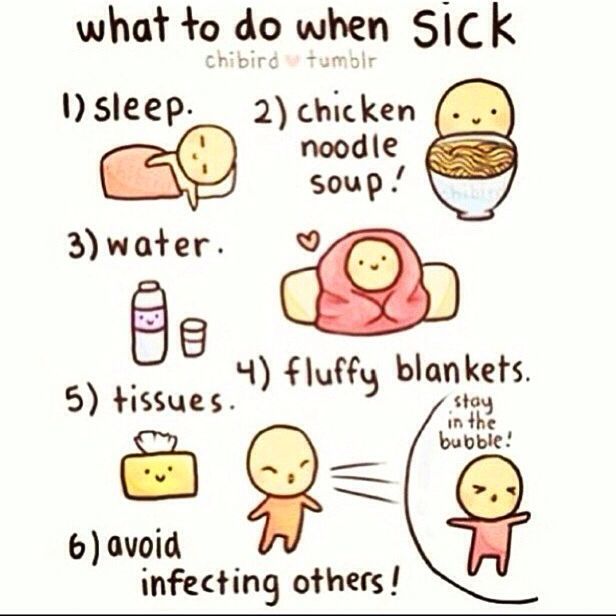 The exact reason for mittelschmerz isn’t fully known, but it’s thought to be linked to the blood and fluid released when follicle growth ruptures and releases your egg before ovulation. “It correlates with ovulation,” White says. “However, it is unknown if the pain is due to the actual release of the oocyte (egg) from the ovary or if it is related to swelling of the ovary prior to release of the oocyte.”
The exact reason for mittelschmerz isn’t fully known, but it’s thought to be linked to the blood and fluid released when follicle growth ruptures and releases your egg before ovulation. “It correlates with ovulation,” White says. “However, it is unknown if the pain is due to the actual release of the oocyte (egg) from the ovary or if it is related to swelling of the ovary prior to release of the oocyte.”
Does feeling sick during ovulation mean you're pregnant?
Uncomfortable, nauseating symptoms as a result of ovulation can totally throw you for a loop as you wonder about pregnancy symptoms. The timeline, however, doesn’t quite line up. “At the time of ovulation, it is too early to be pregnant,” White says. “And it does not correlate if sperm meets with the oocyte that was just released.” So with pregnancy out of mind for the time being, you can focus on relieving any unpleasant ovulation symptoms you’re experiencing.
Answers to the questions that keep you up and night — and stories you want to share with the group chat.
By subscribing to this BDG newsletter, you agree to our Terms of Service and Privacy Policy
Remedies for nausea during ovulation
If you're someone who experiences unpleasant physical changes during ovulation, there are two things to remember: It is temporary and normal. In fact, White says, “usually the nausea should be short-lived.”
Of course, these facts won't make you feel any better in the moment, but there are a few treatments that might. “Applying warmth to the abdomen by using a heating pad on a low setting can help ovulation pain,” Sharma says. “Also, taking anti-inflammatory medication like Tylenol, Advil, or Naprosyn can help with abdominal cramps.”
However, Sharma also cautions, “If a woman is trying to conceive, we do not recommend using a heating pad or medication as this can delay ovulation or interfere with conception and implantation.” For those who struggle with particularly painful ovulation and aren't currently trying to conceive, birth control pills might be the best solution. These medications actually prevent ovulation completely, thus reducing the side effects that come along with it. Communicate with your doctor, and they'll advise if they recommend this as a form of treatment for you.
These medications actually prevent ovulation completely, thus reducing the side effects that come along with it. Communicate with your doctor, and they'll advise if they recommend this as a form of treatment for you.
Overall, ovulation can indeed make some people feel briefly unwell without cause for concern. That being said, there are certain signs and symptoms that can point to a medical issue. People should contact their doctor if the pain is severe, lasts more than one day, is accompanied by bleeding, or comes after recent unprotected sex, as Dr. Richard Honaker, M.D., a Texas-based family medicine doctor, tells Romper.
Sharma also notes that severe pain should be addressed by a doctor, especially if it is excessive, requires time off from work, or hinders you from performing daily activities. "If symptoms are accompanied by infertility (trying to conceive with no success for six months to one year), an evaluation by a fertility specialist may be warranted,” she says. “Anytime during the menstrual cycle that there is severe pain, more immediate evaluation should be considered as this could represent something more emergent.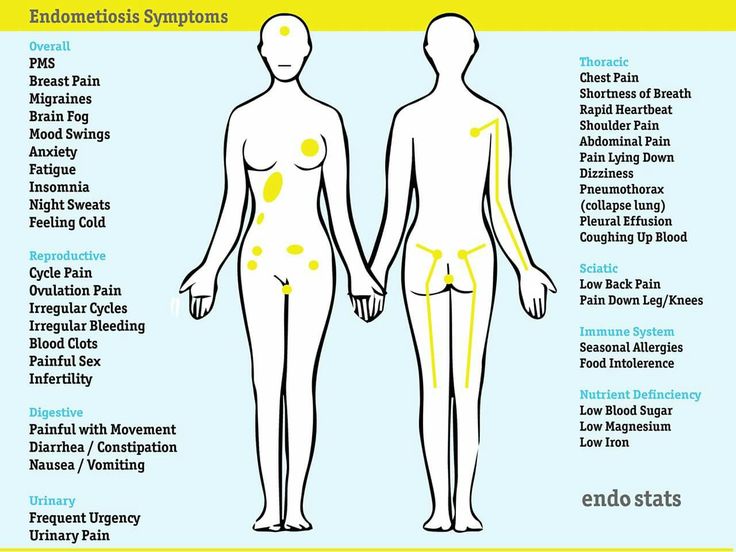 ”
”
If you’re simply unsure about what you’re feeling and why you’re feeling it, it never hurts to reach out to your medical provider for some more reassurance and insight. So, whether you're hyper-aware when ovulation occurs or the entire process happens unbeknownst to you, one thing is a fact: Menstruating bodies are fascinating.
Experts:
Dr. Renita White, M.D., FACOG, board-certified OB-GYN at Georgia Obstetrics and Gynecology
Dr. Prati Sharma, M.D., FACOG (OB-GYN and REI), reproductive endocrinologist and assistant professor at the University of Toronto
Dr. Alan Copperman, M.D., medical director at fertility treatment center Progyny
Dr. Richard Honaker, M.D. family medicine doctor based in Carrollton, Texas and affiliated with Baylor Scott and White Medical Center–Plano
This article was originally published on
Painful ovulation - normal or disease
Pain in the middle of the cycle, ovulatory syndrome - occurs in every fifth woman.
Mittelschmerz (pain in the middle of the cycle) was described in medical periodicals as early as 1940.
How can ovulatory syndrome manifest itself?
During ovulation, a woman may experience a dull, sudden sharp or cramping pain in the lower abdomen. In this case, pain can be localized on the right or left, depending on which ovary ovulation occurs. nine0003
Pain may radiate to the lumbar region, sacrum, or groin and may be aggravated by strenuous exercise, sudden changes in body position, and sexual intercourse. These days, pain may be accompanied (or appear independently) by mild bloody discharge from the genital tract.
In addition, some women experience weakness, rarely nausea and even vomiting.
For some women, pain may accompany every ovulation, for others it may occur occasionally. nine0003
The duration of pain can vary from a few minutes to 24 hours, but no more. This is one of the features that distinguishes "ovulatory syndrome is not a disease" from gynecological diseases (endometriosis, inflammatory diseases of the pelvic organs), manifested by pain.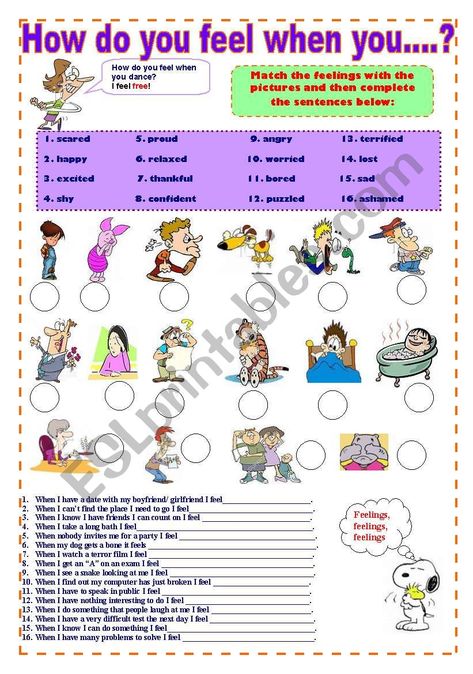
What causes pain and spotting in the middle of the cycle?
The causes of pain during ovulation are:
- damage to the ovary wall at the time of ovulation
- irritation of the inner lining of the abdomen, resulting from the reflux of a small amount of blood from a burst follicle into the pelvic cavity.
- low pain threshold. Most women are able to easily tolerate unpleasant symptoms, but sometimes hypersensitivity can provoke subjective pain.
Minor spotting is caused by the sudden change in sex hormone levels that accompanies ovulation.
Illness or not and what to do about it?
A natural question arises: “If ovulation is a physiological process, why is it accompanied by pain?”
According to an incomprehensible idea of nature in women, pain often accompanies many physiological (menstruation, childbirth) processes. Pain is associated with participation in events such as menstruation and ovulation of inflammatory substances (cytokines) and spasm of small vessels. The peculiarities of the exchange of pro-inflammatory cytokines, as well as individual sensitivity to pain, explain the fact that some women do not feel ovulation at all, while others experience significant discomfort during a certain period of their life. nine0003
Pain is associated with participation in events such as menstruation and ovulation of inflammatory substances (cytokines) and spasm of small vessels. The peculiarities of the exchange of pro-inflammatory cytokines, as well as individual sensitivity to pain, explain the fact that some women do not feel ovulation at all, while others experience significant discomfort during a certain period of their life. nine0003
In the case of ovulatory syndrome, the line between the norm and the disease is very thin.
To answer the question of whether pain in the middle of the cycle is a problem requiring treatment, it is necessary to conduct an examination. In this case, ultrasound of the pelvic organs provides valuable information, which allows an experienced specialist to determine with high accuracy the presence or absence of such probable causes of pain as endometriosis, inflammatory tumors of the small pelvis, adhesive disease of the pelvic organs, functional ovarian cysts, tumors, anomalies in the development of the genital organs and other.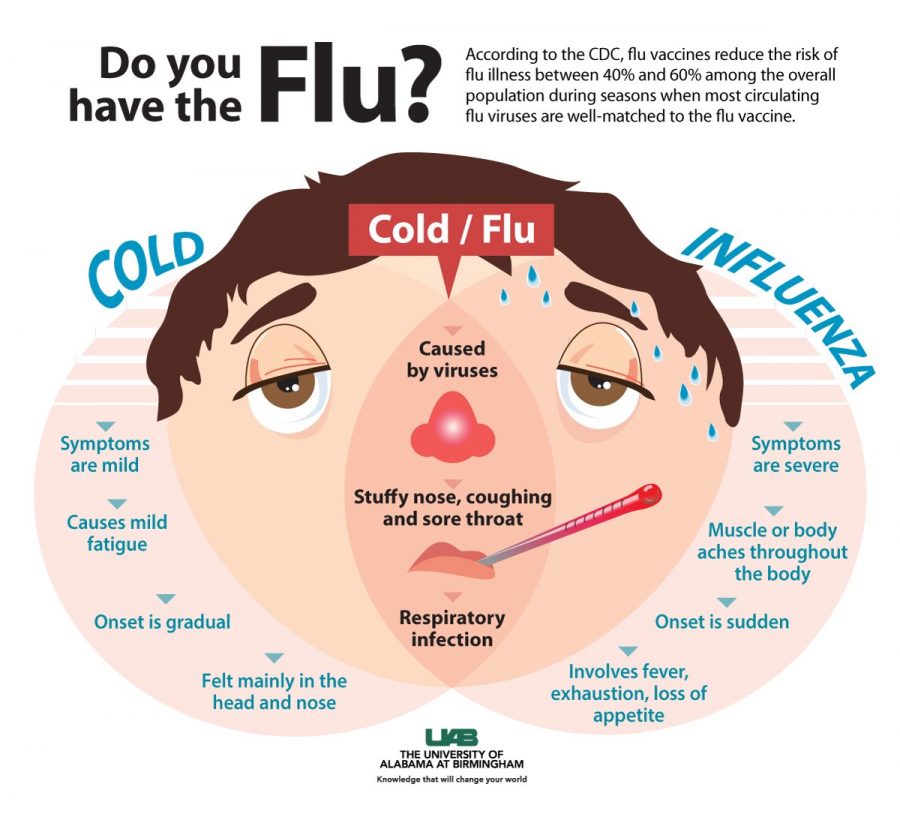 nine0003
nine0003
According to individual indications, the gynecologist can prescribe microbiological and hormonal tests.
So, if gynecological diseases are excluded, this is ovulatory syndrome.
If the pain associated with ovulation is mild, there is usually no need for treatment.
If the pain associated with ovulation is limiting your activities, your gynecologist will help you find the treatment that is best for you at that time in your life (pain medications and other options). nine0003
So, is it necessary to go to the gynecologist in case of periodic or systematic pains in the middle of the cycle? – Definitely YES!
As already mentioned, ovulatory syndrome is a diagnosis of exclusion: you need to conduct an examination to make sure that the cause of pain is not a gynecological pathology.
The experience of our specialists shows, especially in severe pain syndrome, a thorough examination using modern ultrasound devices, less often hysteroscopy allows us to identify previously undiagnosed problems: endometriosis, associated or unrelated adhesions in the pelvis, rare anomalies in the development of the genital organs. nine0003
nine0003
Moreover, our experience with women with ovulatory syndrome shows that in the absence of endometriosis, adhesions and other morphological problems, hormonal imbalance is a common cause of pain, the correction of which led to a significant improvement in the quality of life of patients.
Does ovulatory syndrome affect the possibility of getting pregnant?
No evidence that mid-cycle pain impairs fertility or adversely affects pregnancy .
Can ovulation pain be used to determine fertile days?
Only in combination with other signs (changes in cervical mucus, safe days method, basal temperature) and only with a regular menstrual cycle.
If there is no more pain, does this mean that ovulation has stopped?
Not at all if the regular cycle is maintained. Most likely, due to some changes in the body, the pain stopped. nine0003
why it occurs, causes, what to do and how to treat
Discomfort in the lower abdomen can haunt a woman not only during menstruation. One in five people experience ovulatory syndrome. This is when discomfort occurs in the middle of the cycle and can be sudden, acute or marked in the form of spasms. Read about why pain occurs during ovulation, how to deal with it, and when to see a doctor.
One in five people experience ovulatory syndrome. This is when discomfort occurs in the middle of the cycle and can be sudden, acute or marked in the form of spasms. Read about why pain occurs during ovulation, how to deal with it, and when to see a doctor.
Website editor
Tags:
Women Health
Massage
VOICE Tips
Causes of pain
ovulation
To understand the symptoms and causes of their occurrence, it is worthwhile to understand whether the pain during ovulation is typical and what happens to the female body during this period. nine0003
Do not self-medicate! In our articles, we collect the latest scientific data and the opinions of authoritative health experts. But remember: only a doctor can diagnose and prescribe treatment.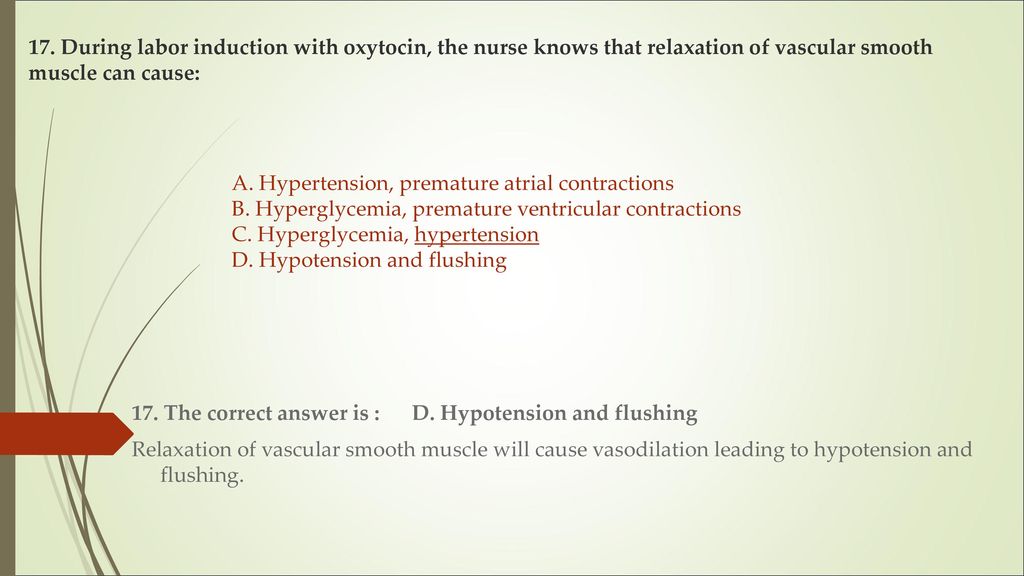
How does the process of ovulation occur and can the stomach hurt at the same time? Ovulation is the release of a developed egg from the ovary into the fallopian tube. It does not pass in every menstrual cycle and pain on the days of ovulation is a fairly common occurrence. Attachment of the fetal egg occurs 6-12 days after ovulation. As a rule, only one egg is released from the ovary during one ovulation. nine0003
Ovulation can be determined in several ways:
- using a calendar;
- using basal temperature charts;
- a special test from a pharmacy;
- Ultrasound.
Many women additionally focus on their well-being: during ovulation, many have pain in the lower abdomen. Of course, this sign cannot be considered the main one, it only supplements the data of the calendar, test or ultrasound. Determining the date of ovulation helps to plan the conception of a child, or to prevent unwanted pregnancy. nine0003
nine0003
If fertilization does not occur during ovulation, the egg is absorbed by the lining of the uterus and is later expelled from the body during menstruation. After that, a new egg begins to mature in the ovary.
If the menstrual cycle is stable and lasts 28 days, ovulation will begin on days 10-12. The occurrence of ovulation may be accompanied by mild, less often strong, aching, pulling or dull pains in the lower abdomen. This is not such a rare problem: on women's forums, questions about unpleasant discomfort arise with frightening regularity. Someone shares that after ovulation, the stomach didn’t hurt at all, and someone has to stock up on analgesics in anticipation of the middle of the cycle. nine0003
Pain during ovulation and other symptoms
During ovulation, the lower abdomen often hurts, depending on the activity of the ovaries: on the left or right side. Sometimes there are sharp mood swings that accompany tearfulness, irritability and irritability. Thus, the body signals that it is ready for conception.
Thus, the body signals that it is ready for conception.
Another typical symptom is discharge from the vulva, which is stretchy and slippery. They have the appearance of raw egg white, usually odorless, do not cause itching and irritation. Their color may change. In medicine, this is called cervical mucus. Discharge does not depend on whether the stomach hurts during ovulation or not. nine0003
Attention! If the discharge is accompanied by a pungent odor, burning, pain in the lower abdomen. At the same time, they acquire dark red, green or yellow hues. You need to see a doctor immediately. Such discharges are not normal and may indicate the development of a disease or an inflammatory process. The doctor will determine the cause of their occurrence and prescribe adequate treatment.
A relatively rare symptom is if the chest hurts after ovulation. But it still happens that during this period there are unpleasant sensations in the area of the mammary glands, the shade of the nipples changes. This is due to the swelling of the mammary glands. You should not be afraid of this symptom, such an indisposition is acceptable. nine0003
This is due to the swelling of the mammary glands. You should not be afraid of this symptom, such an indisposition is acceptable. nine0003
How common are ovulation pains and how dangerous are they
Mild pain before and during ovulation is not a dangerous symptom and in most cases does not pose any threat to the body. However, if you have not noticed such a condition before or the discomfort has become much more intense, you should contact a specialist. In these cases, the body may signal the onset of a serious illness. Below we have listed the symptoms that you should definitely pay attention to. nine0003
Not all women have pain in the lower abdomen after ovulation. In some cases, pain may radiate to the lower back. And sometimes the release of an egg from the ovary is extremely unpleasant and deprives women of working capacity, sometimes even leads to loss of consciousness.
Why does the stomach hurt before ovulation
The discomfort before the process begins is explained as follows. Pain before ovulation can occur when the vessels at the base of the follicle rupture when the egg is released. A hemorrhage occurs, the uterus begins to contract when fluid from the follicle enters it, which causes pain just below the navel. This is the most common cause for discomfort. nine0003
Pain before ovulation can occur when the vessels at the base of the follicle rupture when the egg is released. A hemorrhage occurs, the uterus begins to contract when fluid from the follicle enters it, which causes pain just below the navel. This is the most common cause for discomfort. nine0003
But its appearance can also be an indicator of the development of various diseases. It is better not to self-medicate and you should not delay a visit to the doctor. If you are worried about pain during ovulation in the lower abdomen, you should discuss this issue with a gynecologist.
1. "Middle" pain
Most often, during ovulation, the lower abdomen hurts, and discomfort occurs only on one side, and this side can change in different cycles. Unpleasant sensations last from a few minutes to half an hour, may be accompanied by bloating and mild nausea. In medicine, it is called the German term Mittelschmerz ("middle" pain). nine0003
nine0003
How to get rid of: if the sensations pass and the pain is not too severe, a warm bath and painkiller tablets are sufficient. If your health leaves much to be desired and literally folds you in half, it is better to meet with a doctor and discuss why pain occurs during ovulation. It may be worth discussing the use of low-dose hormonal contraceptives.
2. Polycystic ovaries
In cases where the critical days are long and irregular, and there is a lot of hair on the body, the fact that you have stomach pain after ovulation may signal polycystic ovaries. Complications can be serious, from infertility to cancer, so you should see a doctor. nine0003
How to get rid of: after diagnosis, treatment varies, but usually includes a special diet and hormonal medication. If the treatment is chosen correctly, the stomach will no longer hurt after ovulation.
3. Inflammatory diseases of the pelvis
Often pain in the lower abdomen after ovulation is the result of an infection such as chlamydia or gonorrhea. Before or during the process, discomfort in the pelvis is noted, which can even lead to hospitalization. nine0003
How to get rid of: most often the doctor prescribes antibiotics, and the infection goes away with pain.
4. Pain after caesarean section
It leaves a scar in any case, and pain can occur in that area during ovulation for a year after childbirth. In this case, the problem is not in the ovary, but in the scar itself, so the nature of the discomfort is different.
How to get rid of: special massage and physiotherapy prescribed by a doctor. nine0003
Pain during ovulation: when to rush to the doctor
Even if you have a rough idea of why your stomach hurts during ovulation, it is important to always listen to your body.
